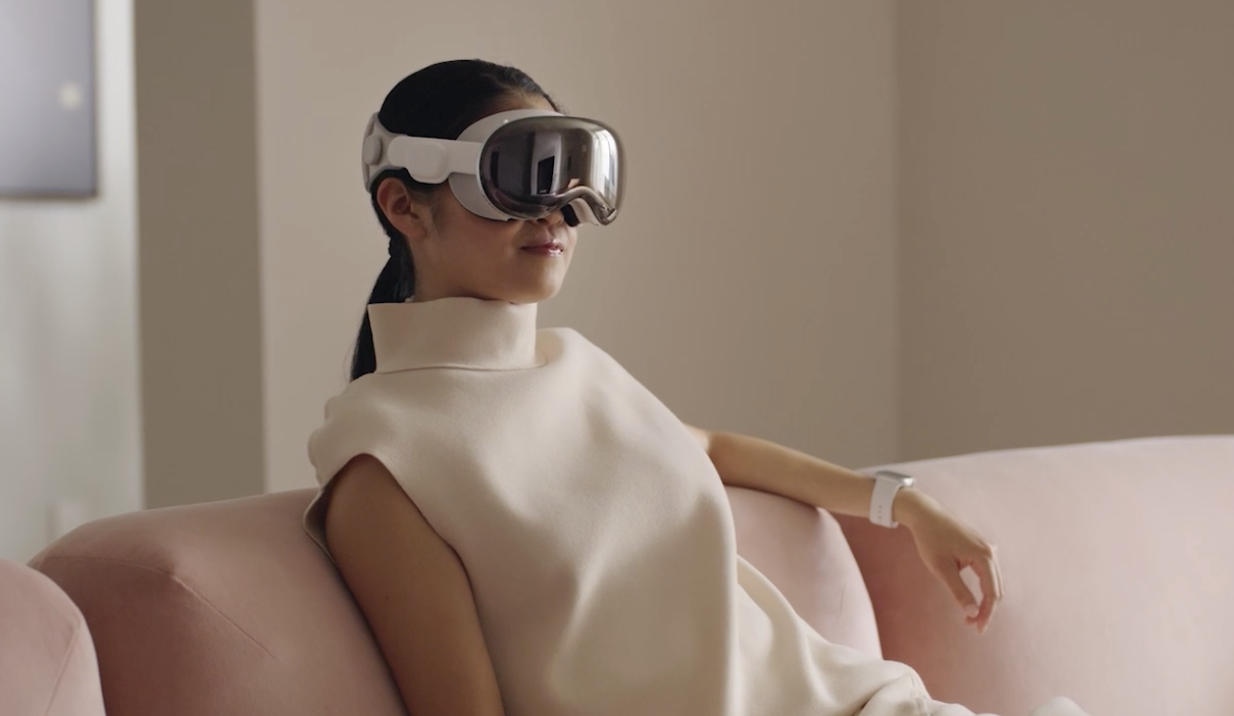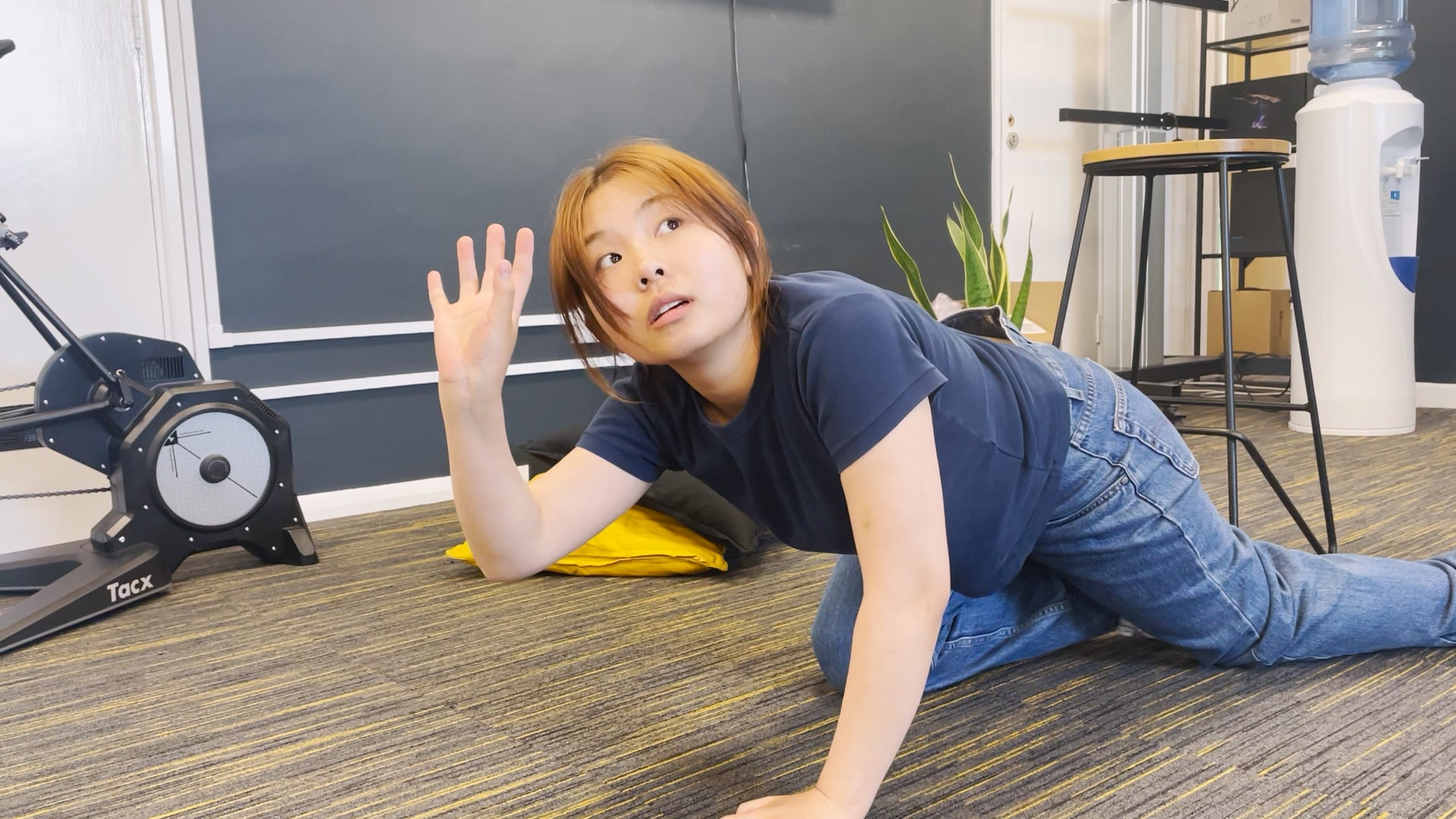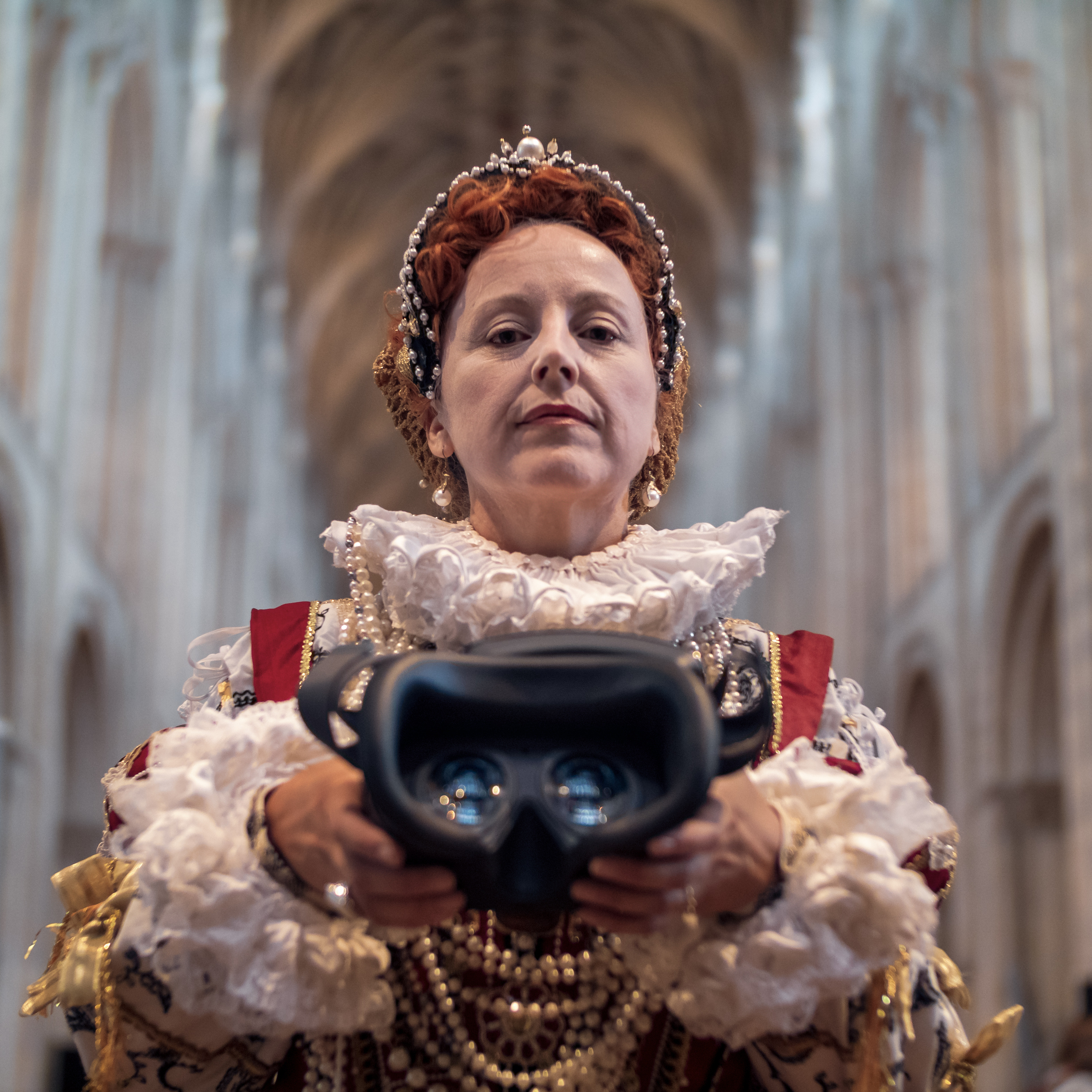Compelling stories
Initially I was going to dive into the realms of whether we should have bodies in VR and the influences this would have on our story – however, it’s already been done. I recommend reading this article from Medium as it’s a great study on how position, bodies and action framing affects our viewers. As for this little thought-piece, I’m going to focus primarily on how the psychology of camerawork and how we edit heavily impacts our audience in telling a compelling narrative, looking closely at current experiences (links below) that are prime examples of what’s achievable in VR filmmaking.
If we are to remember anything from this, it’s that our audience is viewing our story through the eyes of our camera. How we move or position the camera in the film or scene will affect how the audience will interpret the information. It’s the decisions that we make that alter the story we’re trying to tell. 360 filming is no exception to this.
In motion
The use of motion – or in some cases lack of use – speaks volumes when analysing the emotional structure of narrative. Help uses movement to follow the path of the action brought on via its plot device, the rampaging monster. This provides an intense thrill by throwing the viewer into the creature’s warpath brought on by the hunt, while allowing them to witness the struggles of the human characters fleeing the situation. You’ll find similar methods in the Gorillaz music video – the drifting sensation has been used not only for transitional purposes, but to indicate the reflective state of mind the characters live through. It places the viewer in an endless void. While given creative freedom, the methodology behind both of these videos have been well orchestrated with audience response at the centre of its planning.
In stasis
When motion is absent from the video, as is the case in Pearl, information is vital. The restriction of static positioning persuades the audience to fixate more on the emotional story being presented. The clever positioning in Pearl allows you to feel you’re a passenger, friend or part of the family – fully immersing you in the story. Literal closeness to the characters themselves establishes a deeper connection to the protagonists throughout the journey – the prime example of this being the gentle pan towards the father at the end of the film, an emotional response. It’s worth noting that this is the only use of camera motion throughout this five minute animation.
You can argue that holding your audience in a static position allows the viewer to focus on the story or information presented, uninterrupted. Fossil Hunters though unscripted, delivers an informative piece. Every angle is covered in photographs or archive footage to illustrate the narration and, while an impressive and well-designed environment, it’s easy to get lost as it is, let alone if motion was added. However, holding the positioning steady and using graphic overlays helps guide the audience over the timeline and around the canvas – influencing the audience’s focus.
The single take
When it comes to 360 video, the standout examples all take place within one take: Gorillaz, OneRepublic and Help. Traditionally, long and wide shots in cinema are used to savour moments and make them all the more impactful. They give the audience the ability to become the editor themselves – engaging them by enabling them to look at whoever or whatever they please rather than force feeding them shots. Though tricky to pull off, there’s a technique to this. How the actors move and the depth of space in particular are key for pulling these types of scenes off seamlessly – with your actor moving closer or further from the camera allowing for shots to be reenacted without cutting. One of the better examples of this is The Invasion. This short consists of one static position which see its characters move throughout the z-space – a techniques which would make great use of the stereo now available to us. Great examples of this in traditional cinema come from musicals (particularly dance routines) or any of Spielberg’s one-shot works.
When to cut
The cuts you’d find in traditional filming seem to bring a mixed reaction in 360. Jumping around creates a level of disorientation or, at the very least, distraction from the content. Even the smoothest of transitions in 360 will have the minor reaction of having to re-adapt to a new location. I’m a believer in context applying heavily to how a piece should be edited. 1941 Reenactment and French Foreign Legion use quite harsh editing – jumping between four camera placements. However it works due to giving the viewer a feeling of daze, that suits the subject matter. This, combined with the amplification of occasional drone shots or unguided movement, makes viewers feel they could be on the battlefield. A Miracle of Nature, on the other hand, uses transitional fades, creating a more delicate and calming approach that’s appropriate for its purpose of showcasing stunning natural locations.
Pearl is a completely different matter however. As stated before, jump cuts produce a minor sense of disorientation – one that disconnects viewers from the experience momentarily. But in Pearl, the static camera is held within a single environment, creating a point of reference for its viewer. Essentially, the car’s interior works as a stabiliser – you become aware something has changed but not enough to throw you from the experience. Similarly, The Recruit makes use of the desk and actress as constant for viewers to focus on while the surrounding alters, while the narrative of passing through time even allows for this type of method.
Technique is everything
360 filmmaking is still a new storytelling technique and people are still finding the best methods of adopting it for more reason than “because it’s cool”. Audiences must shut off from the world to watch our content. In a world full of pop-ups, video skimming and short attention spans, this is a huge win. They’re more willing to become engaged and immersed within the world/story. However, the wrong technique could lose their attention. Even a momentary break can require a lot to return them into a fully immersed state for a truly unforgettable experience.
Like any film production, the context of our subject matter and audience reaction is going to dictate how we tell a story, both technically and creatively – whether it’s educating, inspiring or telling a compelling story. We must apply psychology to our narratives and, to do so, we must continually ask: how do we want our audience to react from this experience?
There is an impression in some quarters that good filmmaking cannot be achieved in 360 video.
I respectfully disagree. Of course it’s possible. It’s a question of applying the right techniques to the right project.
More from the Knowledge Hub
Do you have a message you want to convey? A situation that needs simulating, or an audience that needs reaching? Whatever your challenge – we have the ideas, the experience, and the equipment to help.


